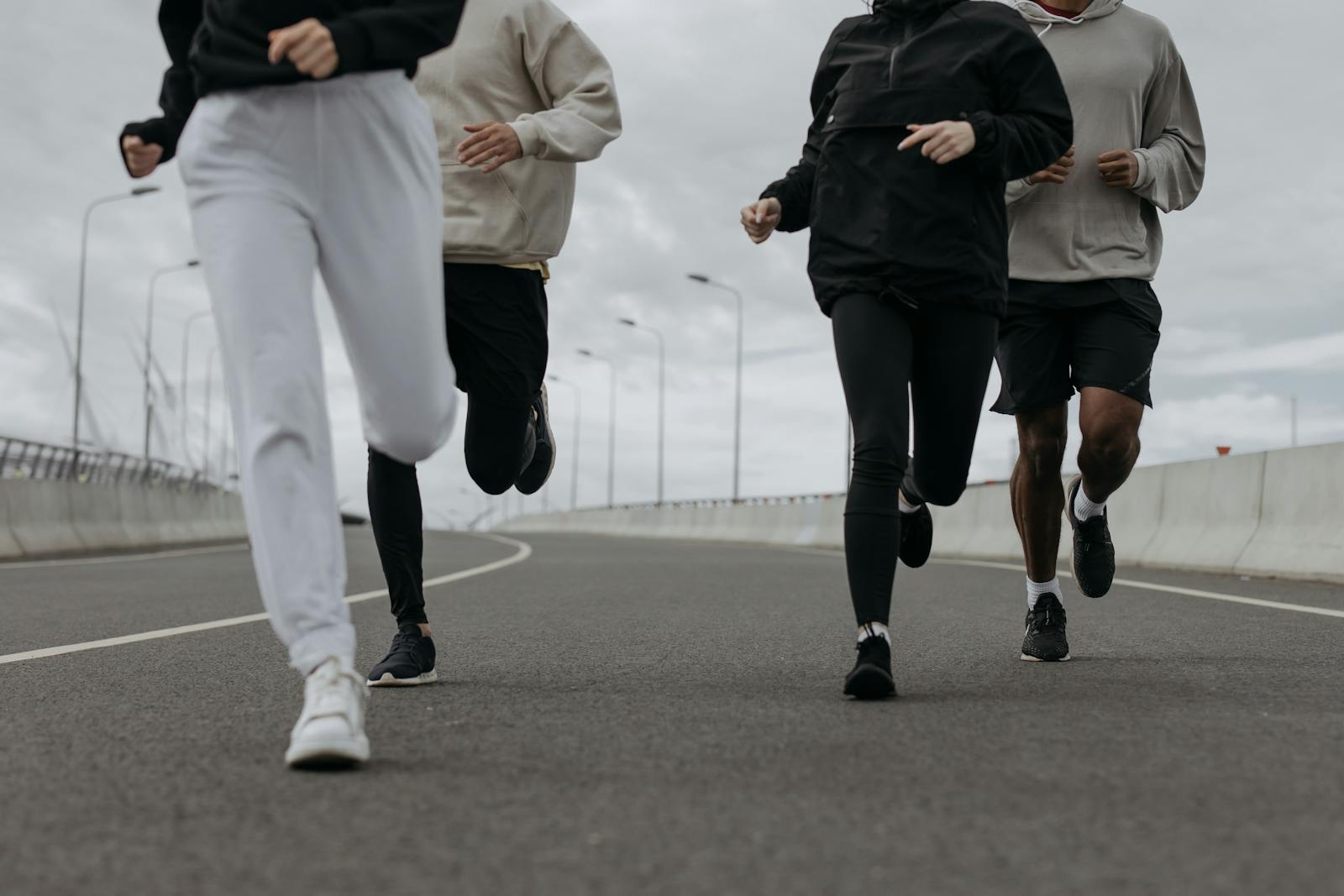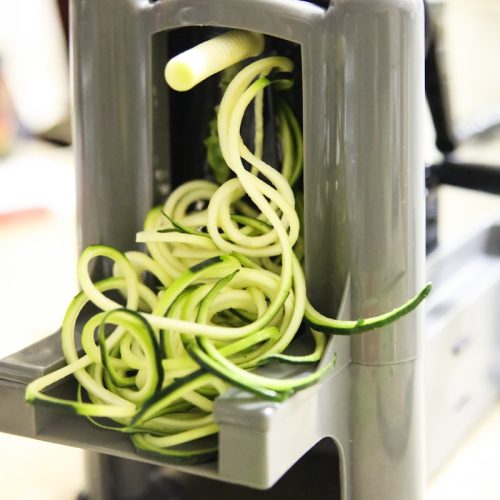Running is one of the most popular and accessible forms of exercise, offering numerous benefits for both physical and mental health. Whether you’re a seasoned marathoner or someone who enjoys a casual jog, one of the most critical pieces of equipment you need is a pair of comfortable running shoes. The right shoes not only enhance your performance but also play a vital role in protecting your feet and overall health. Failing to prioritize comfort and stability in your running shoes can lead to a range of issues that may affect your ability to run and enjoy the activity in the long term.
The Role of Running Shoes in Foot Health
Running shoes are designed to provide support, cushioning, and stability to your feet as they hit the ground with each stride. Unlike regular shoes, running shoes are engineered to absorb shock, distribute pressure evenly, and support the natural movement of your feet. These features are essential because running places a significant amount of stress on your feet, ankles, and lower legs. Without the proper support and cushioning, the impact of running can lead to discomfort and injuries over time.
Cushioning and Shock Absorption
One of the primary functions of running shoes is to cushion your feet against the impact of running. Each time your foot strikes the ground, it experiences a force that can be two to three times your body weight. Running shoes with adequate cushioning help absorb this shock, reducing the strain on your feet, joints, and muscles. Over time, running in shoes that lack proper cushioning can lead to issues such as heel pain, shin splints, and stress fractures.
Support and Stability
In addition to cushioning, running shoes provide essential support to your arches, heels, and ankles. Proper arch support helps distribute weight evenly across your foot, preventing excessive pressure on specific areas. Stability features, such as firm midsoles and heel counters, help keep your feet aligned and reduce the risk of overpronation (when your foot rolls inward too much) or supination (when your foot rolls outward too much). Without adequate support, your feet may become misaligned, leading to pain and injuries such as plantar fasciitis, Achilles tendonitis, and knee problems.
The Consequences of Running in Uncomfortable Shoes
Running in shoes that do not prioritize comfort and stability can have serious long-term consequences for your foot health and overall well-being. Here are some of the potential issues that can arise from wearing improper running shoes:
Foot Pain and Discomfort
One of the most immediate consequences of running in uncomfortable shoes is foot pain and discomfort. Shoes that are too tight, too loose, or lack adequate cushioning can cause blisters, calluses, and bruising. Over time, this discomfort can worsen, leading to chronic pain and a reduced ability to enjoy running. Persistent foot pain can also affect your gait, causing you to adjust your stride in ways that may lead to additional stress on other parts of your body, such as your knees, hips, and lower back.
Increased Risk of Injury
Uncomfortable running shoes can significantly increase your risk of injury. When your shoes don’t provide the necessary support and cushioning, your feet and legs are forced to absorb more impact with each step. This added stress can lead to common running injuries such as shin splints, stress fractures, and tendinitis. In severe cases, these injuries may require extended rest periods or even medical intervention, which can disrupt your training and hinder your progress.
Development of Chronic Conditions
Running in improper shoes over an extended period can contribute to the development of chronic conditions such as plantar fasciitis and Achilles tendonitis. Plantar fasciitis occurs when the thick band of tissue that runs across the bottom of your foot becomes inflamed, causing sharp heel pain that is often worse in the morning. Achilles tendonitis is an overuse injury that affects the Achilles tendon, leading to pain and stiffness in the back of the ankle. Both conditions can be debilitating and difficult to treat, making it crucial to prioritize comfort and support in your running shoes from the start.
Impact on Overall Running Performance
Beyond the physical consequences, uncomfortable running shoes can also negatively impact your overall running performance. When your feet are in pain or not properly supported, it’s difficult to maintain proper form and stride. This can lead to inefficient running mechanics, reduced speed, and shorter endurance. Over time, the frustration and discomfort caused by inadequate shoes can lead to a lack of motivation and enjoyment, potentially causing you to abandon running altogether.
How to Choose the Right Running Shoes
Given the importance of comfortable running shoes, it’s essential to choose the right pair that meets your specific needs. Here are some tips to help you select the best running shoes for your feet:
Get Professionally Fitted
One of the best ways to ensure you’re choosing the right running shoes is to get professionally fitted at a specialty running store. The staff can analyze your gait, foot shape, and running style to recommend shoes that provide the right level of support and cushioning. They can also measure your feet to ensure you’re getting the correct size, as many people wear shoes that are either too small or too large.
Consider Your Running Style and Terrain
Different running shoes are designed for different running styles and terrains. For example, if you primarily run on pavement, you’ll need shoes with good shock absorption and a durable outsole. If you run on trails, look for shoes with more traction and stability features to handle uneven surfaces. Consider whether you need additional support for specific issues, such as overpronation or flat feet, and choose shoes that address those needs.
Prioritize Comfort and Fit
Comfort is key when it comes to running shoes. The shoes should feel comfortable from the moment you put them on, with no need to “break them in.” Ensure there’s enough room in the toe box to wiggle your toes, and that the heel is snug without slipping. The arch support should match the contours of your feet, and the shoes should feel secure but not too tight.
Replace Shoes Regularly
Even the best running shoes have a limited lifespan. Over time, the cushioning and support in your shoes will break down, reducing their effectiveness. As a general rule, running shoes should be replaced every 300 to 500 miles, depending on factors such as your running style, body weight, and the terrain you run on. Keep track of your mileage and replace your shoes when they start to feel worn out.
Conclusion
Investing in a comfortable, supportive pair of running shoes is one of the most important steps you can take to protect your feet and enhance your running experience. The right shoes not only prevent pain and injuries but also contribute to better performance and a more enjoyable run. By prioritizing comfort and stability, you can ensure that your running routine remains a positive and sustainable part of your life.
Recommended Products
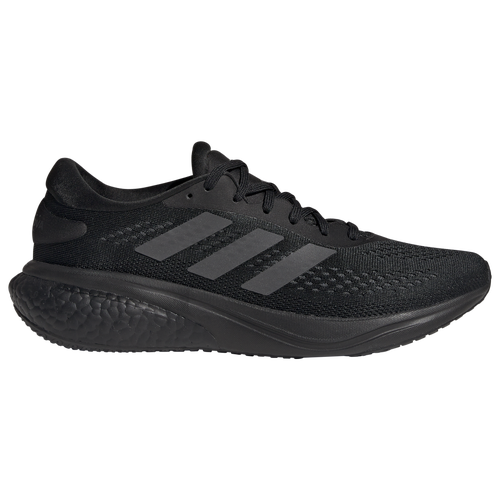
adidas Mens Supernova 2 Running Shoes
Description
When the excuses start creeping in, lace up in the adidas Supernova 2 and hit the ground running. De...
Read Full DescriptionWhen the excuses start creeping in, lace up in the adidas Supernova 2 and hit the ground running. Designed to help you fall in love with running again, these shoes are made with the signature BOOST technology for endless cushioning comfort. Renewable and natural materials focus on ending plastic waste while adding sleek sustainable fashion to your rotation. Stay incredibly snug when running at top speed in the adidas Supernova 2. Rubber outsole delivers reliable traction. Weight: 11.1 oz.$100.00 USD
Buy Now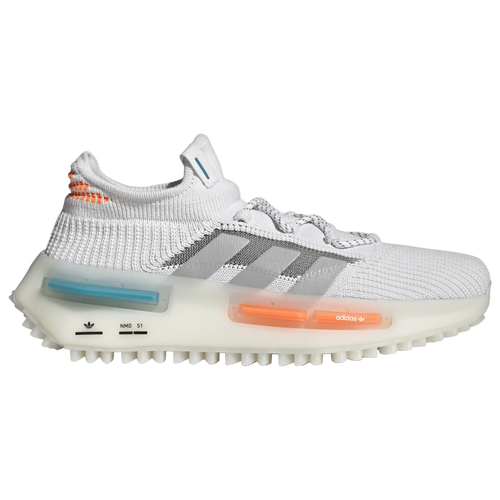
adidas Originals Mens NMD S1 Running Shoes
Description
Conquer the toughest of terrains with the adidas NMD S1 Running Shoes. Designed to take you miles af...
Read Full DescriptionConquer the toughest of terrains with the adidas NMD S1 Running Shoes. Designed to take you miles after miles, these updated adidas running shoes let you chase new records and goals like never before. The sock-like knit upper cradles your feet with unmatched comfort and support, while the full-length Boost midsole returns energy with every stride, allowing you to run effortlessly on the rockiest of roads. The upper construction of these shoes includes a blend of 50% Parley Ocean Plastic and 50% recycled polyester. Made from Primeblue — a high-performance recycled material, the adidas NMD S1 Running Shoes help you run at a lighting speed without causing any harm to the environment. Iconic plugs offer optimal stability and traction.$200.00 USD
Buy Now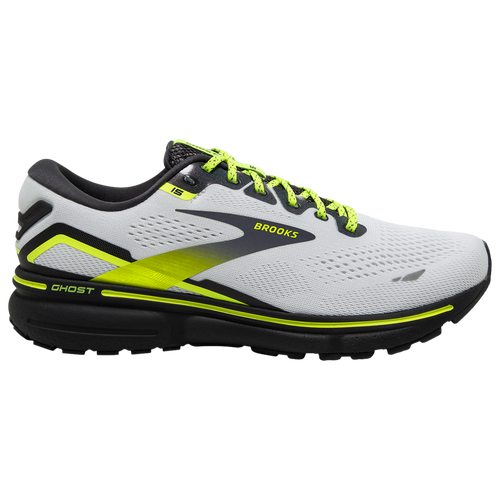
Brooks Ghost 15
Description
Stay on point as you take on any challenge with the Brooks Ghost 15. Updated with a new midsole that...
Read Full DescriptionStay on point as you take on any challenge with the Brooks Ghost 15. Updated with a new midsole that features lighter-weight DNA LOFT v2 cushioning system, these shoes make sure you run the trails smoothly and easily. Featuring a segmented crash, these shoes enable easy landing and keep ready for any adventure the day throws at you. Run your daily race and crush every grind in style with the Brooks Ghost 15. Engineered air mesh upper provides comfort and breathability. Refined 3D fit print enables a secure locked-in feel.$140.00 USD
Buy Now
Brooks Mens Revel 7
Description
From the first step to the final mile, you can trust in the Brooks Revel 7. Imagine a shoe that not ...
Read Full DescriptionFrom the first step to the final mile, you can trust in the Brooks Revel 7. Imagine a shoe that not only supports your daily runs but also keeps up with your walks, workouts, and everything in between. The Brooks Revel 7 is exactly that. The comfortable and adaptable DNA foam delivers cloud-like cushioning, while the updated knit upper offers a sleek look that's sure to turn heads. That's not all. The adaptable DNA midsole technology and soft tongue ensure day-long comfort, no matter what life throws your way. Unleash your stride with the Brooks Revel 7. Soft collar adds comfort. Bottom of the shoe is constructed to provide energy return during any activity. Weight: 9.1 oz.$100.00 USD
Buy NowTags: running shoes, foot health, running injuries, shoe comfort, exercise safety

